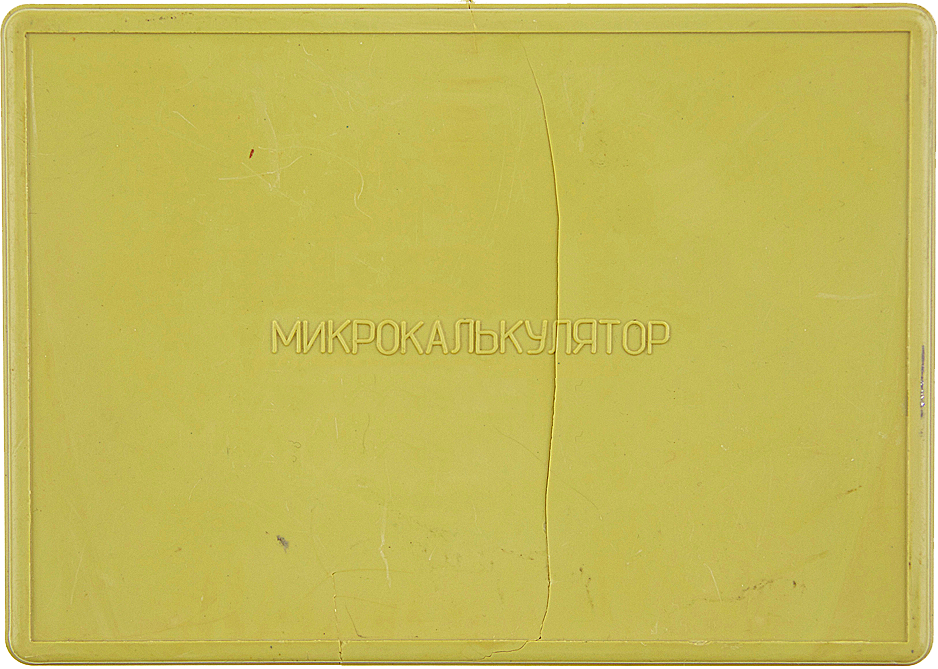
In this model, developers used an eight-digit LED display not in the preproduction run, like with B3-21, but in serial production.
Released in 1979, Electronica B3-23 was one of the cheapest microcalculators in the market. By the mid-1980s, when calculators had become indispensable tools for those engaged in everyday calculations, it was up for grabs for just RUB 23. By the time, microcalculators were also increasingly used by radio amateurs. Their inquiring mind was not content with standard uses for a miniature “home PC”. The fact is a microcalculator’s “utilization rate” in a home setting is not that high, with its outstanding electronic content remaining idle most of the time, while it could well be used for many other purposes. The Radio Magazine No. 5 in 1981 ran the article Stop Watch and Timer from B3-23, where it explained how a microcalculator, with simple improvements, could be turned into a more versatile machine. The microcalculator thus became the key element to various measuring devices and automated tools (see the article New Jobs for Microcalculators in the Radio Magazine No. 6 in 1985).
The microcalculator has the capability to perform four arithmetic operations, chain operations, calculations with a constant and percents. It is able to automatically store the result in case of overflow.
The microcalculator is powered by three AA batteries or through a line adapter.
Size — 125✕74✕31 мм. Weight — 300 g max.
Sources:
V. I. Grubov, V. S. Kirdan, S. F. Kozubovsky PC Guide, 1989, p. 281
The Radio Magazine, No. 5, 1981, p. 46
http://ratekon.ru/images/radio/1981-5-0048.jpg
The Radio Magazine, No. 6, 1985, pp. 70–75
http://www.radioway.ru/images/big/1989/06/_1989_06_70.gif
http://www.radioway.ru/images/big/1989/06/_1989_06_71.gif
http://www.radioway.ru/images/big/1989/06/_1989_06_72.gif
http://www.radioway.ru/images/big/1989/06/_1989_06_73.gif
http://www.radioway.ru/images/big/1989/06/_1989_06_74.gif
http://www.radioway.ru/images/big/1989/06/_1989_06_75.gif
